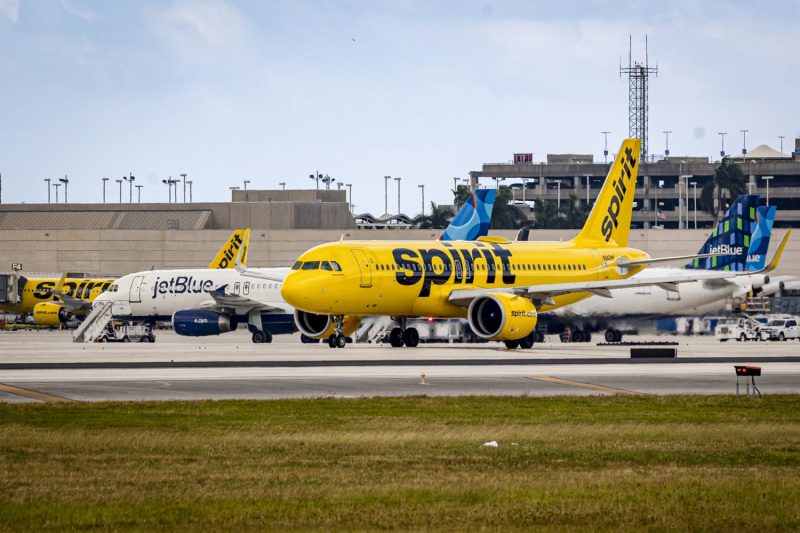Low-Cost Airlines Balancing Cost-Cutting Measures with Fleet Modernization
In the competitive landscape of the airline industry, low-cost carriers continuously face the challenge of balancing cost-cutting measures while also modernizing their fleets to stay relevant and competitive. With passengers expecting affordable travel options without compromising safety and quality, low-cost airlines must strategically determine where to cut back and invest in new planes to maintain their market position.
One key area where low-cost airlines are cutting back is in non-essential services and amenities. In an effort to reduce operational costs, some carriers have opted to scale back on complimentary in-flight services such as meals, entertainment, and baggage allowances. By implementing a more a-la-carte approach, where passengers pay for additional services, airlines can lower ticket prices while still generating revenue from those willing to pay for extras.
Additionally, low-cost airlines are also streamlining their fleet operations to reduce maintenance costs and improve fuel efficiency. Retiring older aircraft that require more frequent maintenance and consume more fuel allows airlines to modernize their fleets with newer, more fuel-efficient planes. Investing in new aircraft not only reduces operating costs in the long run but also enhances safety and passenger experience.
Another area where cost-cutting measures are prevalent is in the optimization of routes and flight schedules. Low-cost carriers are focusing on high-demand routes that are profitable and popular among travelers. By adjusting flight frequencies and timing to match passenger demand, airlines can maximize their revenue potential while minimizing operational expenses.
Furthermore, low-cost airlines are exploring partnerships and alliances with other carriers to expand their network reach without the need for investing in additional aircraft or infrastructure. By collaborating with partner airlines, carriers can offer passengers more destination options while sharing resources and operational costs.
Despite the emphasis on cost-cutting measures, low-cost airlines understand the importance of investing in new planes to remain competitive in the market. With advancements in aircraft technology, newer planes offer greater fuel efficiency, improved environmental performance, and enhanced passenger comfort. By upgrading their fleet with new aircraft, airlines can attract more customers, differentiate themselves from competitors, and stay ahead in the ever-evolving aviation industry.
In conclusion, low-cost airlines are adeptly balancing cost-cutting measures with fleet modernization to meet the demands of passengers and remain competitive in the market. By strategically cutting back on non-essential services, optimizing routes, and investing in new planes, carriers can achieve a harmonious blend of cost-efficiency and operational excellence. As the aviation industry continues to evolve, low-cost airlines must adapt to changing market dynamics while prioritizing safety, quality, and customer satisfaction.






























